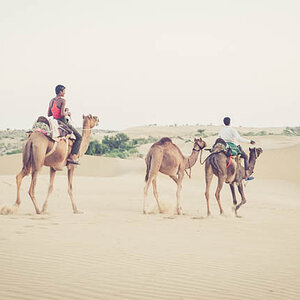FITBMX
Been spending a lot of time on here!
- Joined
- May 11, 2014
- Messages
- 3,860
- Reaction score
- 1,423
- Location
- Burns, KS, USA
- Can others edit my Photos
- Photos OK to edit
Well I just got this light at the end of the week, and just got the time to play with it.
After reading the manual for the light, and the lighting area of the manual for my camera, watch some YouTube videos, and this is what I ended up with.
I do not have anyone for a subject, so I went and got an old stuffed dog that used to be my mom's.
I used the one light (my only light) off to the left about 5' away.
Please give me lots of C&C!
I'm using a Canon T3i, with a Owen 135mm at f2.8 lens.
These two photos are as shot, no processing so you know how my lighting looked.
#1

#2

These I processed in LR.
#3

#4

#5

After reading the manual for the light, and the lighting area of the manual for my camera, watch some YouTube videos, and this is what I ended up with.
I do not have anyone for a subject, so I went and got an old stuffed dog that used to be my mom's.
I used the one light (my only light) off to the left about 5' away.
Please give me lots of C&C!
I'm using a Canon T3i, with a Owen 135mm at f2.8 lens.
These two photos are as shot, no processing so you know how my lighting looked.
#1
#2
These I processed in LR.
#3
#4
#5




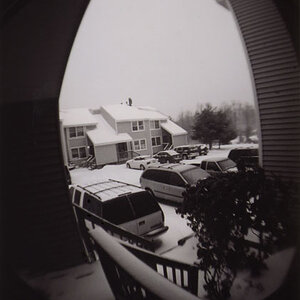
![[No title]](/data/xfmg/thumbnail/36/36392-ee7dc51c9be334b9979003f6316db12e.jpg?1619737547)
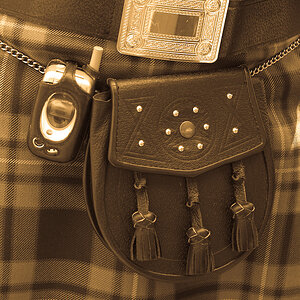
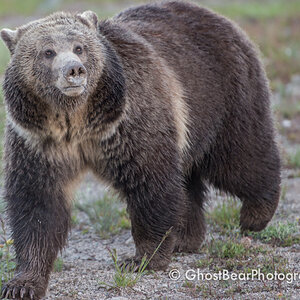
![[No title]](/data/xfmg/thumbnail/34/34058-276eb00b31d5bfacf4028e7f729dc601.jpg?1619736257)
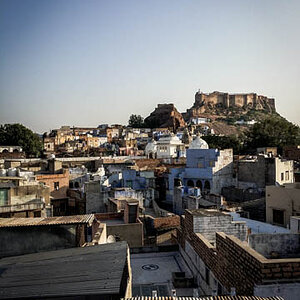
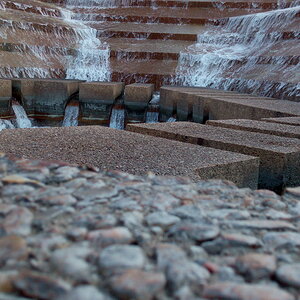
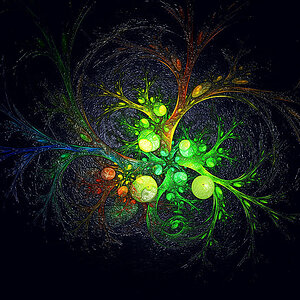
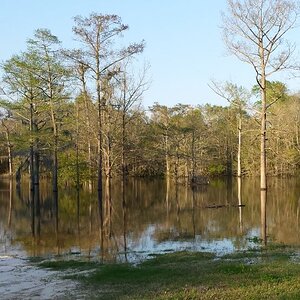
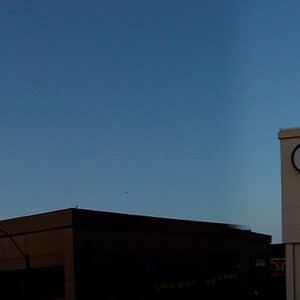
![[No title]](/data/xfmg/thumbnail/36/36395-66eaff4565ecf4245f13a9c469a9273b.jpg?1619737548)
